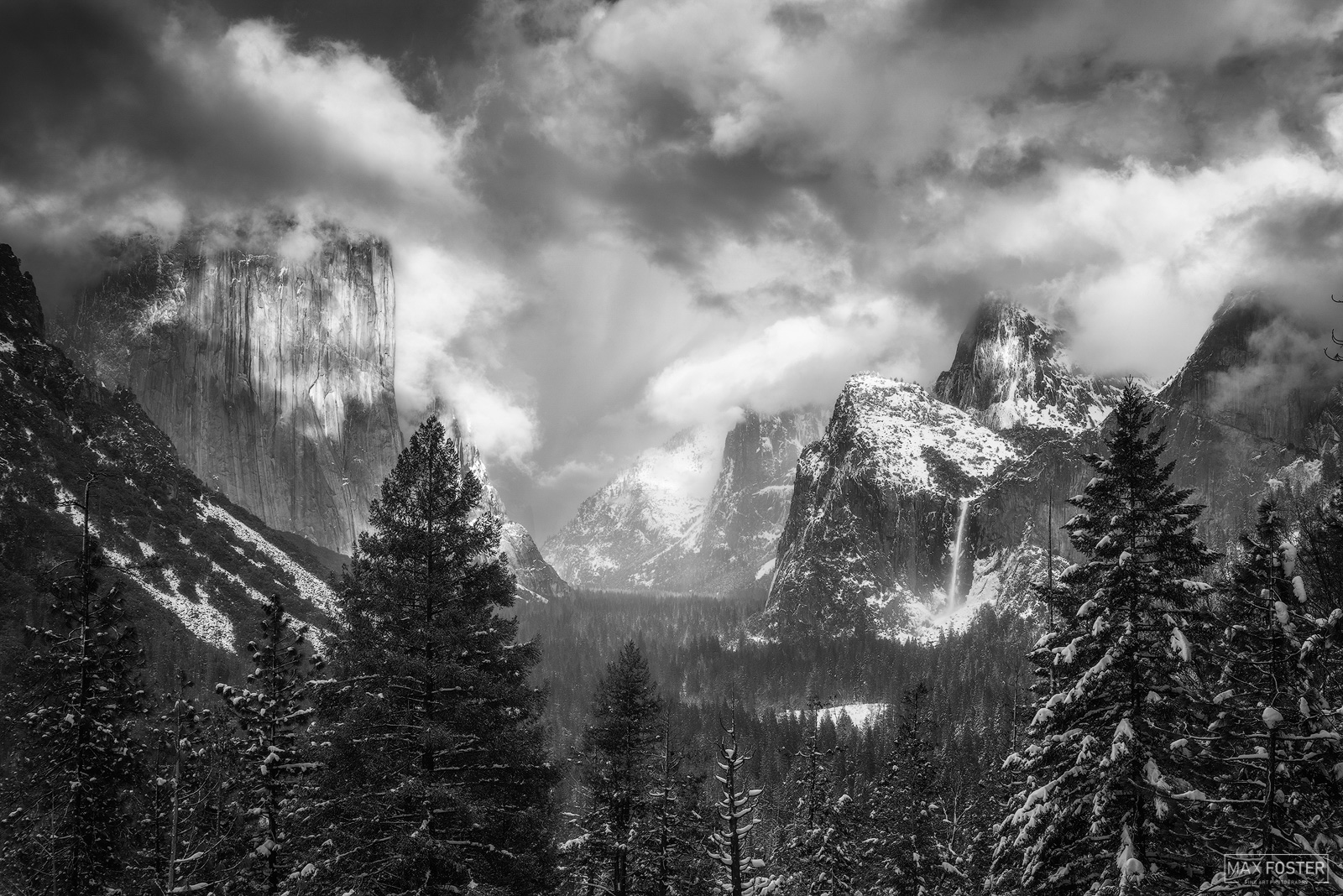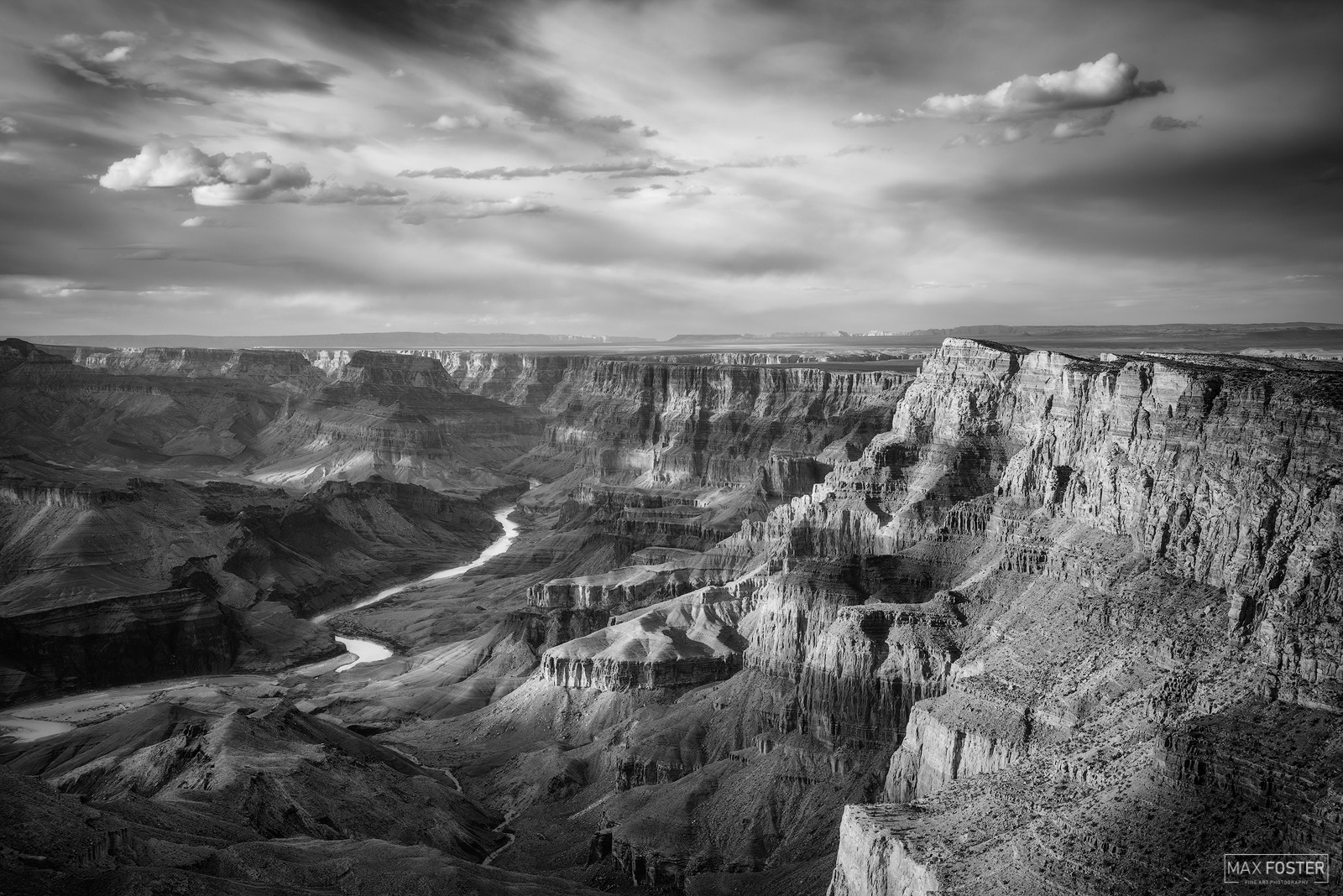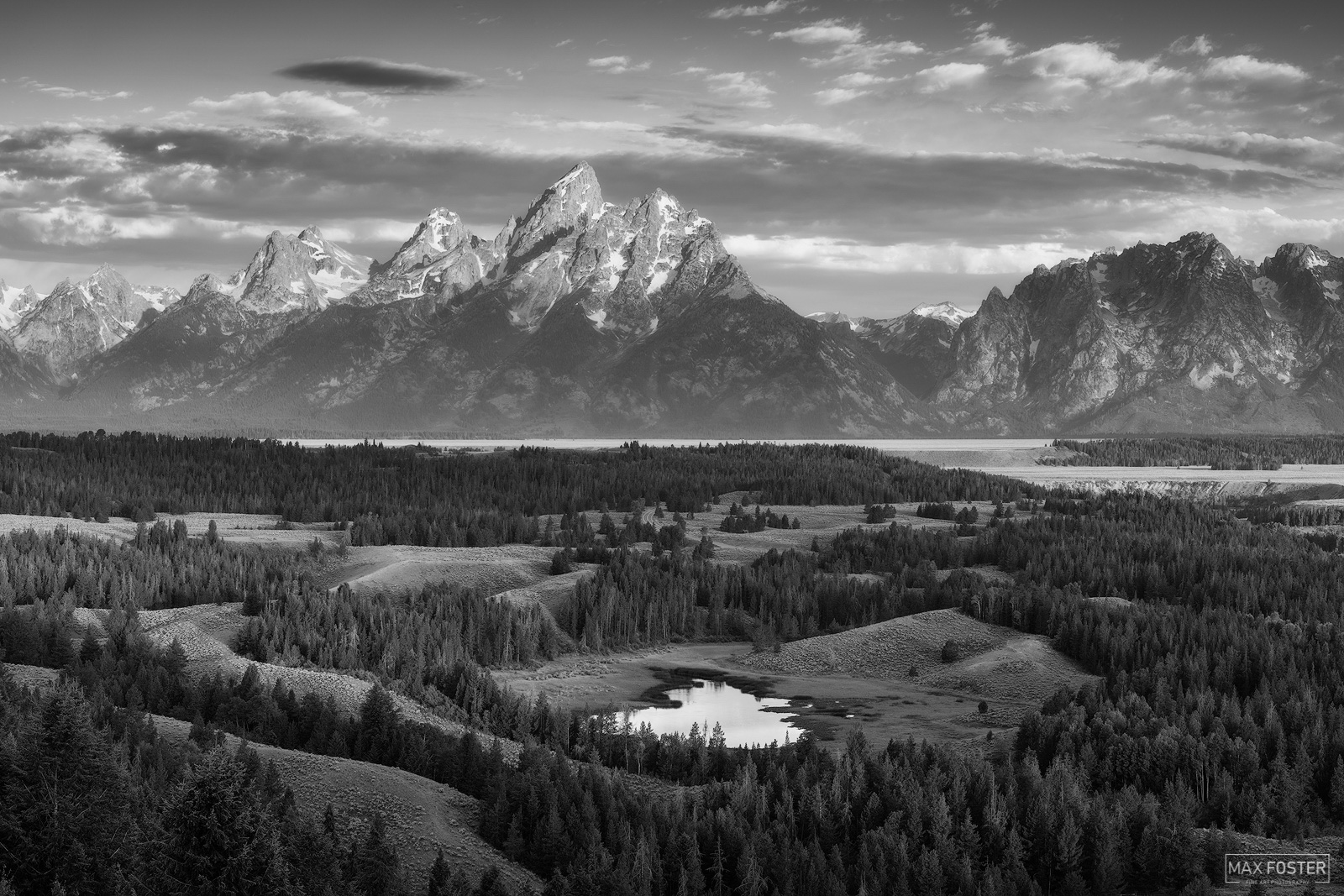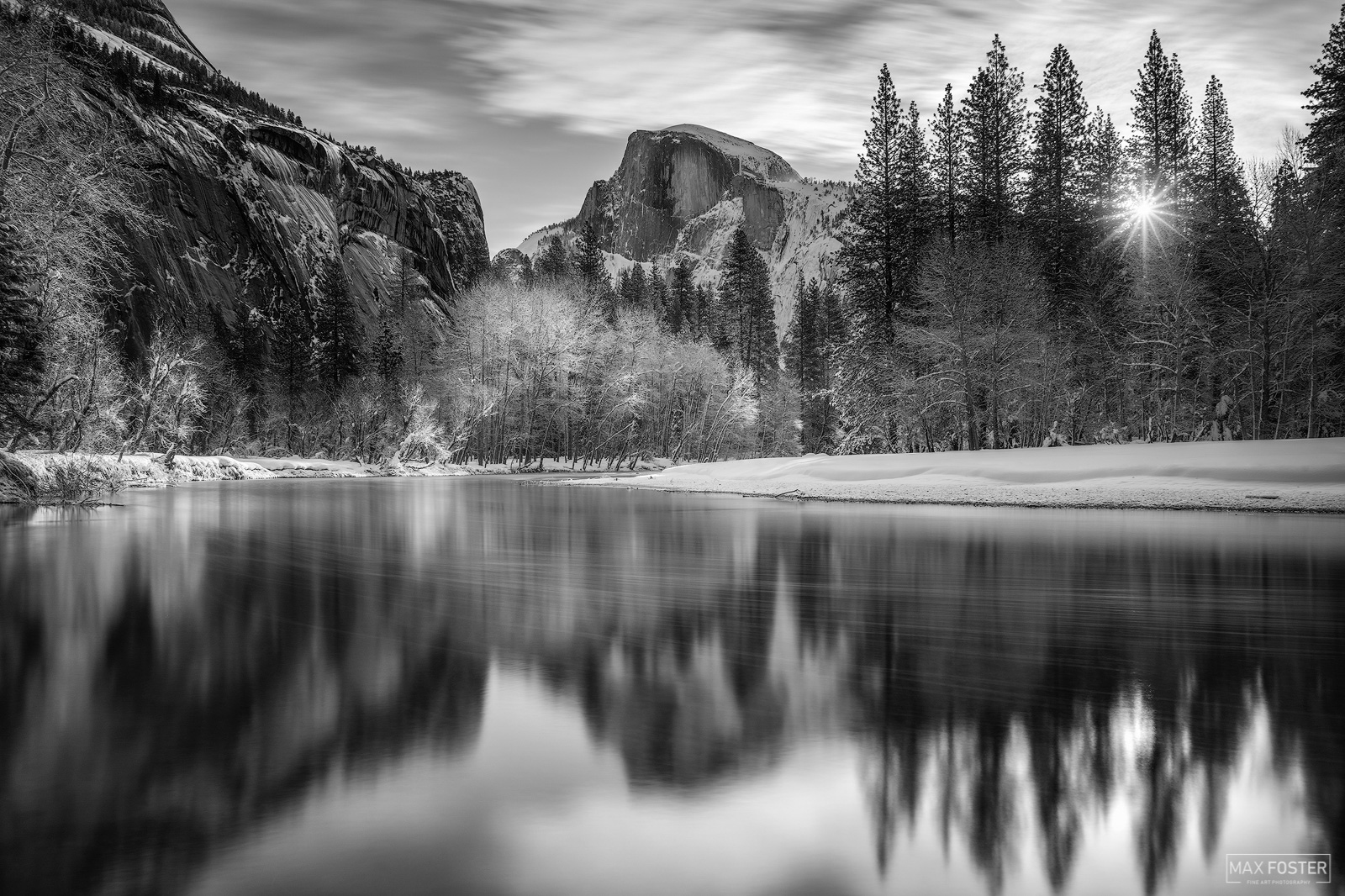Ansel Adams: The Most Famous Black and White Landscape Photographer
When people think of black and white landscape photography they often think of one man: Ansel Adams. His works have helped to inspire generations of photographers. But just what makes Ansel Adams so celebrated and influential? The following post delves more into Ansel Adams life and his legacy.

Who was Ansel Adams?
Ansel Adams is often credited as one of the most famous black and white landscape photographers. He dedicated much of his life to photographing the American West, where he was part of the ‘pure photography’ movement.
He was born in 1902 in San Francisco. One of his early childhood homes featured a ‘splendid view’ of the Golden Gate - a view that would help build his appreciation for stunning landscapes. He was given his first camera at the age of 12 while on a visit to Yosemite National Park. From this point onwards, he developed a passion for photography, publishing his first works in 1921.
It wasn’t until the late 20s that Ansel Adams would begin to hone his style and become an established photographer and artist. Rejecting the soft focus style that was trendy at the time, he instead played with features such as sharp focus and heightened contrast. In the 30s, he experimented with these features further, finding ways to create greater clarity and depth that has never been achieved before. It was during this time that he captured some of his most iconic works such as those of the Yosemite Valley and Canyon de Chelly.
Ansel Adams was a keen environmentalist and his love of conservation helped to inspire his photography. He joined the Sierra Club at the age of 17 - a group dedicated to the protection of national parks and wild areas - and was eventually elected on the board of directors in 1934. His advocacy gained nationwide attention, and at one point he was contracted by the United States Department of the Interior to take photographs of national parks for them.
Ansel Adams died in 1984. His ashes were placed on the summit of Mount Ansel Adams in California’s Ansel Adams Wilderness Area - a frequently visited area in Sierra Nevada named after him in 1964.

What made Ansel Adams’ works so influential?
Ansel Adams’ black and white photography is influential due to its sharp focus and tonal range. Alongside Fred Archer, he helped develop the ‘zone system’ - an intricate technique used to determine optimal film exposure and development. On top of this, he experimented with darkroom processes, using selenium toning in a subtle way to bring added darkness and lightness to his images.
His black and white nature photography was known for being a rejection of the Pictorialism movement that came before - a heavily manipulated style of photography that aimed to enhance the beauty of the subject matter instead of documenting reality. Instead, Ansel Adams wanted to capture exactly what he saw.
The increased level of realism achieved by Adams helped to set him apart from many of his contemporaries. Other established photographers of the time were even taken aback - Alfred Stieglitz is known to have described Adams’ work as ‘some of the finest photographs I have ever seen’.

Where are some of the places that Ansel Adams photographed?
Most of the black and white nature photography taken by Ansel Adams involved scenes of national parks in the American West. Adams was attracted to the natural unedited beauty of these places. His aim was to capture the immense beauty of the world as it is. In doing so, he inspired many people to travel to the places he photographed.
Yosemite National Park, where Ansel Adams was firsted handed a camera, is one of his most famous photography locations. It is here where he shot some of his most famous photographs such as ‘Moon Over Half Dome (1960)’. Adams returned here many times - his familiarity with the place is what helped him to produce such stunning photographs. By exploring every vantage point, he was able to find the most impressive views and angles. As he is quoted in saying, ‘a good photograph is knowing where to stand’.
Ansel Adams photographed many other national parks throughout his life. In Grand Teton National Park, he took one of his most famous photographs ‘The Tetons and The Snake River (1942)’, which depicted a wide view of a beautiful curving river beneath a semi-overcast sky. While in Glacier National Park, he photographed ‘Evening, McDonald Lake (1942)’, which remains one of the most impressive examples of lake photography. He also took several famous photographs in Sequoia National Park, including ‘Frozen Lake and Cliffs, Sierra Nevada (1932)’.
Other renowned locations featured in Ansel Adams’ landscape photography include Hernandez in New Mexico, Monument Valley in Arizona and San Francisco in California where he grew up. He is also known to have dabbled in macro photography.

Are Ansel Adams’ photographs still as powerful today?
Some of Ansel Adams’ black and white prints may not seem impressive by today’s standards due to great advancements in digital camera technology that have allowed for even greater sharpness and clarity. However, it can't be overstated that Ansel Adams was a pioneer in landscape photography and when compared to other photographs of the time, they are most certainly impressive. This is what makes Adams one of the most famous black and white nature photographers.
The magic of Ansel Adams photography lives on in the generations of photographers that have followed him. Many modern photographers that specialize in black and white photography and many that specialize in color photography have been influenced by him and have continued to strive for the same sense of superior clarity.
This includes photographers such as Max Foster - many of his black and white prints and color prints are similarly taken of US national parks and aim to document the raw natural beauty in stunning detail the same way that Adams did. You can explore a gallery of Max's work here.

Related Galleries:
